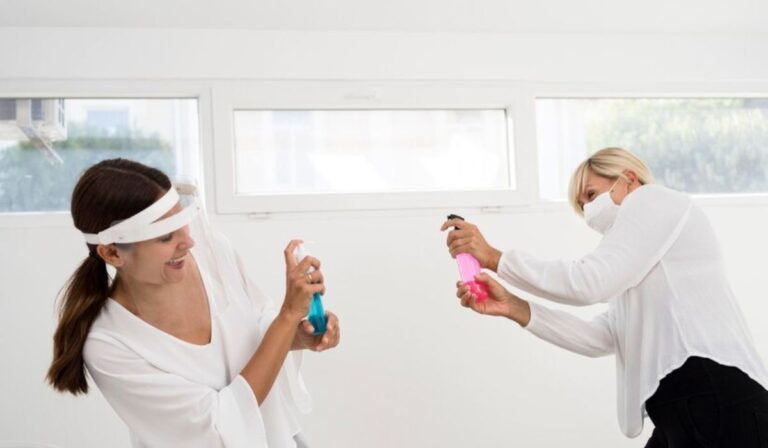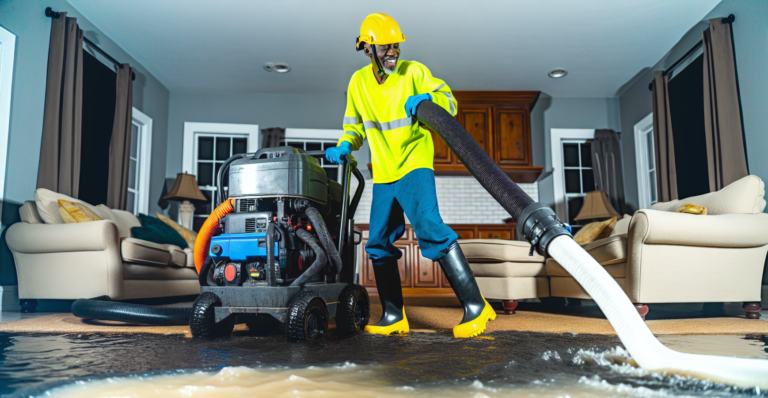Building the Perfect Safety Resource List for Construction Sites
In the construction industry, safety is paramount. A well-prepared safety resource list can be the difference between a secure work environment and potential hazards. This blog post aims to guide you through creating the perfect safety resource list for your construction site.
This comprehensive guide offers practical tips and essential resources to ensure the safety of your team. Read on.
Conducting a Risk Assessment
A thorough risk assessment is the foundation of any safety plan. It involves evaluating the likelihood and severity of potential accidents. Use a structured approach, such as the Risk Matrix.
This is to categorize different risks based on their potential impact and frequency. Document these findings and use them to prioritize which resources are most urgently needed.
Creating a Safety Policy
A safety policy outlines the procedures and protocols necessary to mitigate identified risks. This document should be readily accessible to all workers and detail the following:
- Emergency procedures
- Safety roles and responsibilities
- Reporting mechanisms for hazards and incidents
Ensure that your safety policy is clear, concise, and regularly updated. This is to reflect any changes in site conditions or regulations.
Sourcing Quality Safety Equipment
Quality safety equipment is non-negotiable. Ensure that all equipment meets industry standards and is regularly inspected. This is from hard hats and safety goggles to harnesses and protective footwear. Establish relationships with reputable suppliers to guarantee the availability of high-quality gear.
Implementing Safety Training Programs
Training is a critical component of site safety. Regular training sessions should cover:
- Proper use of equipment
- Emergency response procedures
- Identification and reporting of hazards
Utilize a mix of theoretical and practical training. This is to ensure that workers are well-prepared to handle potential risks.
Emergency Preparedness and Response
Being prepared for emergencies can save lives. Your safety resource list should include:
- Emergency contact numbers
- First aid kits
- Fire extinguishers
Regularly conduct emergency drills to ensure that all workers know what to do in the event of an accident.
Monitoring and Updating Safety Measures
Safety is an ongoing process. Regularly review and update your safety resource list. Reflect on new hazards or changes in site conditions. Encourage workers to provide feedback and report any safety concerns.
Building a Safety Culture
Fostering a culture of safety is essential. Encourage open communication about safety issues. Recognize workers who adhere to safety protocols. A strong safety culture can significantly reduce the incidence of accidents. Additionally, it is a standard requirement that your company holds an electrical contractor bond as a safeguard for clients and a demonstration of your commitment to quality and compliance in all operations.
The Role of Supervisors in Ensuring Safety
Supervisors play a crucial role in maintaining site safety. They should be trained to:
- Monitor adherence to safety protocols
- Conduct regular safety briefings
- Address any safety concerns raised by workers
Effective supervision can significantly enhance overall site safety.
Engaging with External Safety Consultants
Sometimes, external expertise is necessary. Safety consultants can provide valuable insights and recommendations based on their extensive experience.
Engage with reputable consultants to periodically review and improve your safety measures. Check out Mojo AI’s safety resource list to give you an idea of the safety list.
Create a Resource List Today
In conclusion, creating a safety resource list for construction sites is crucial for ensuring the well-being of workers and preventing accidents. Construction companies can create a safe and efficient work environment. This is by following the steps outlined and continuously updating the list.
Let’s make safety a top priority and build a better tomorrow. Remember, safety starts with a resource safety list. Start building yours today!
If you want to read more articles, visit our blog.







